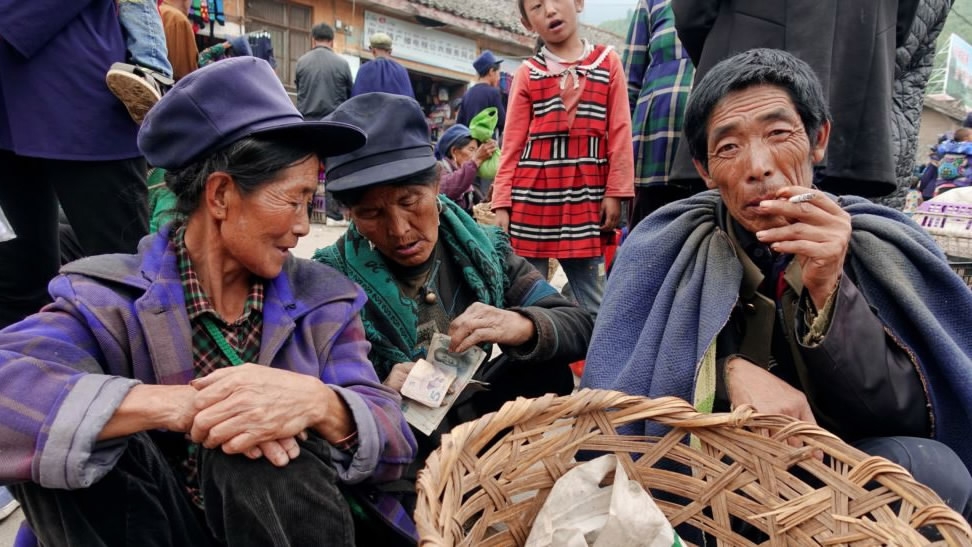
Business
15:23, 22-Nov-2017
China pledges stronger backing for minority regions in penury
CGTN's April Ma

China has designated southwestern and western regions including parts of Tibet, Xinjiang and Yunnan to be the cruces of the nation’s poverty alleviation drive, promising to allocate more resources and greater efforts to pull these areas, largely inhabited by ethnic minorities, out of dire poverty.
Central administrators lately have put these areas, along with towns and villages with a poverty headcount ratio of over 18 percent and 20 percent respectively, on top of the agenda to tackle underdevelopment, with a goal to fully eradicate poverty by 2020.
Ethnic minorities make up most of the population in the areas deemed “hard nuts to crack” by the guidelines on poverty alleviation published Tuesday, such as the Uygurs in southern Xinjiang, the Tibetans, and the Lisus in Yunnan, the Huis in Gansu, and the Yis in Sichuan.
Families and individuals in poverty due to disease and handicap will be given top priority, and aid will be focused on providing clean drinking water, safe housing, education, employment and infrastructure, the guidelines stipulate.
China currently draws the poverty line at around 3,000 yuan, or 450 US dollars, which is below the international poverty threshold, 1.90 US dollars a day as defined by the World Bank. However, China has maintained that each nation should formulate its own standards and make adjustment in accordance with domestic purchasing power, bumping up the figure up from 2,800 yuan two years ago.
China in the past decades has accomplished an incredible feat of lifting more than 700 million people out of extreme poverty, and each year in the past four years, improved the lives of nearly impoverished 14 million people, according to an August report by the State Council.
Chinese President Xi Jinping is aiming to make China a moderately prosperous society in all respects by 2020, which requires the entire nation to be elevated from poverty, and these final years may prove the toughest leg of the mission, when the overall headcount ratio dips below 10 percent.

SITEMAP
Copyright © 2018 CGTN. Beijing ICP prepared NO.16065310-3
Copyright © 2018 CGTN. Beijing ICP prepared NO.16065310-3